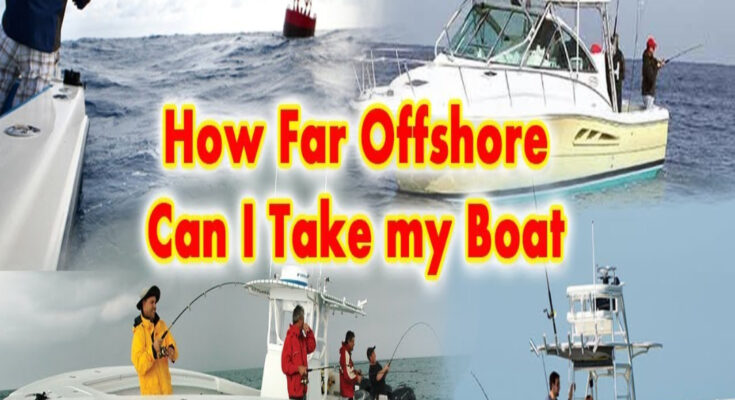The distance you can take your boat offshore depends on several factors including the type and size of your boat, its seaworthiness, your experience as a captain, and local regulations. Here are some general guidelines to consider:
1. **Boat Type and Size**: Larger boats with more advanced features such as multiple engines, fuel capacity, and safety equipment are generally capable of traveling farther offshore. Smaller boats may be limited to nearshore waters.
2. **Seaworthiness**: Your boat should be in good condition and equipped for offshore conditions. This includes having appropriate navigation equipment, safety gear, and possibly communication devices like a VHF radio.
3. **Experience and Skill**: Your experience as a boat operator is crucial. Offshore boating requires a higher level of skill and knowledge compared to inland or nearshore boating. Familiarity with navigation, weather patterns, and emergency procedures is essential.
4. **Local Regulations**: Check with local maritime authorities for any specific regulations or restrictions on how far offshore you can go. Some areas may have designated offshore boundaries or require permits for extended offshore trips.
5. **Weather and Conditions**: Always check weather forecasts before heading offshore. Offshore conditions can change rapidly, and being caught in bad weather far from shore can be dangerous.
6. **Communication and Safety**: Ensure you have reliable communication equipment onboard and have a float plan in place, informing someone onshore of your intended route and return time.
For many recreational boaters with standard safety equipment and experience, sticking within a few miles offshore is common. More experienced boaters with larger vessels and proper equipment may venture much farther, even offshore fishing in deep waters.
Ultimately, your boat’s capabilities, your preparation, and your skill as a captain determine how far offshore you can safely take your boat. Always prioritize safety and preparedness when planning offshore excursions.
Absolutely, those are key factors to keep in mind when determining how far offshore you can take your boat safely. Here’s a bit more detail on each point:
1. **Boat Type and Size**: Larger boats generally have greater fuel capacity and stability, allowing them to venture farther offshore. They often have multiple engines for redundancy and better handling in rough waters. Smaller boats may be more limited in range and are typically better suited to nearshore or inland waters.
2. **Seaworthiness**: Ensuring your boat is in good condition is paramount. This includes regular maintenance of engines, hull integrity, and ensuring all safety equipment (life jackets, flares, fire extinguishers) is onboard and functional. Navigation equipment such as GPS, charts, and compasses are essential for offshore navigation.
3. **Experience and Skill**: Offshore boating demands a higher level of skill due to the challenges of navigation, weather changes, and potential emergencies. Experience in handling your specific boat in various conditions is crucial. Training in navigation, marine weather patterns, and emergency procedures is highly recommended.
4. **Local Regulations**: Different regions may have specific rules regarding how far offshore recreational boaters can venture. This can include limits on distance from shore, requirements for permits or licenses, and restrictions during certain seasons or for specific activities like fishing.
5. **Weather and Conditions**: Weather can change rapidly offshore, impacting visibility, sea state, and safety. Always check weather forecasts and marine conditions before heading out, and be prepared to alter your plans based on developing conditions.
6. **Communication and Safety**: Reliable communication tools such as VHF radios or satellite phones are essential for offshore boating. Establishing a float plan with someone onshore ensures that someone knows your itinerary and when to expect your return, improving safety and response times in case of emergencies.
By carefully considering these factors and preparing accordingly, you can determine a safe distance offshore for your boat and enjoy your boating adventures with confidence.



